
▶️ acsess.onlinelibrary.wiley.com/doi/10.1002/...
#PlantScience

▶️ acsess.onlinelibrary.wiley.com/doi/10.1002/...
#PlantScience
…after five great years, I will be moving to the University of Montana, as an Associate Professor and W.A. Franke Endowed Chair in the Department of Forest Management🌲🏔️and I could not be more excited. @umontana.bsky.social
…after five great years, I will be moving to the University of Montana, as an Associate Professor and W.A. Franke Endowed Chair in the Department of Forest Management🌲🏔️and I could not be more excited. @umontana.bsky.social
▶️ www.sciencedirect.com/science/arti...

▶️ www.sciencedirect.com/science/arti...
▶️ www.sciencedirect.com/science/arti...

▶️ www.sciencedirect.com/science/arti...
eos.org/articles/bor...

eos.org/articles/bor...
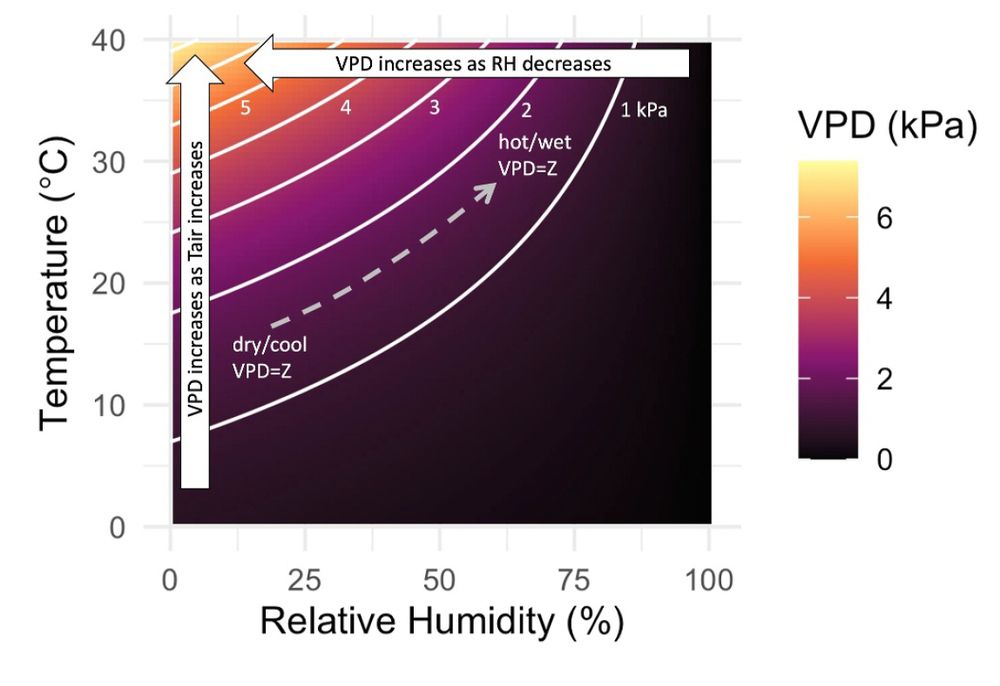
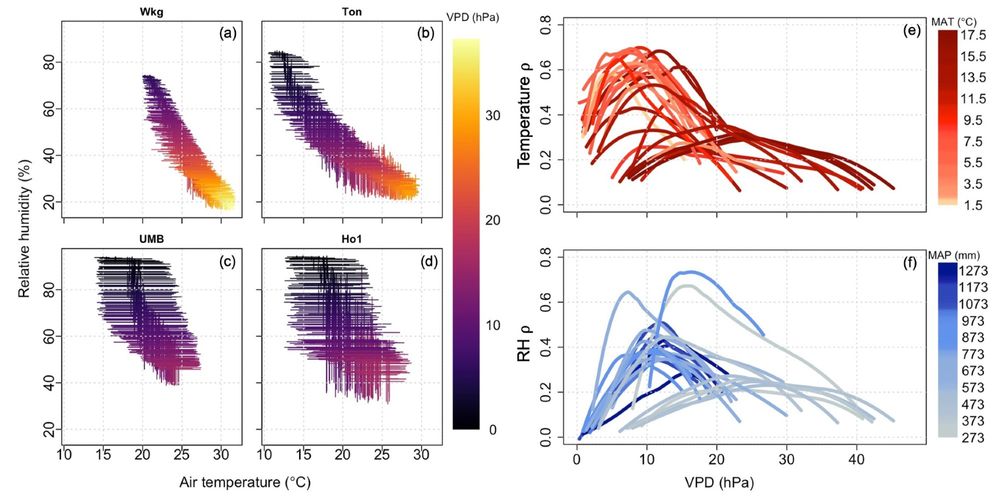
Synergies and best practices for hyperspectral reflectance, SIF, thermal, microwave and lidar 🌈🌲🗼🛰️🧪
nph.onlinelibrary.wiley.com/doi/10.1111/...
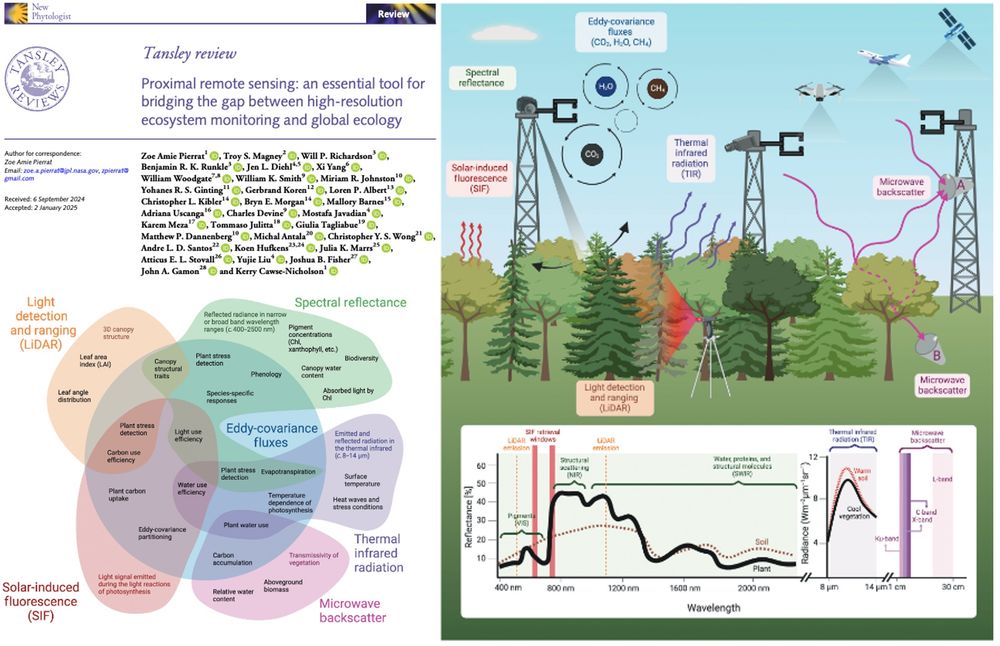
Synergies and best practices for hyperspectral reflectance, SIF, thermal, microwave and lidar 🌈🌲🗼🛰️🧪
nph.onlinelibrary.wiley.com/doi/10.1111/...

But, how will boreal tree cover dynamics influence—and be influenced by—climate feedbacks?
We discuss this in a new commentary @pnas.org. 🧪
www.pnas.org/doi/10.1073/...

But, how will boreal tree cover dynamics influence—and be influenced by—climate feedbacks?
We discuss this in a new commentary @pnas.org. 🧪
www.pnas.org/doi/10.1073/...
Please consider supporting:
caltech.imodules.com/controls/ema...
Thank you!
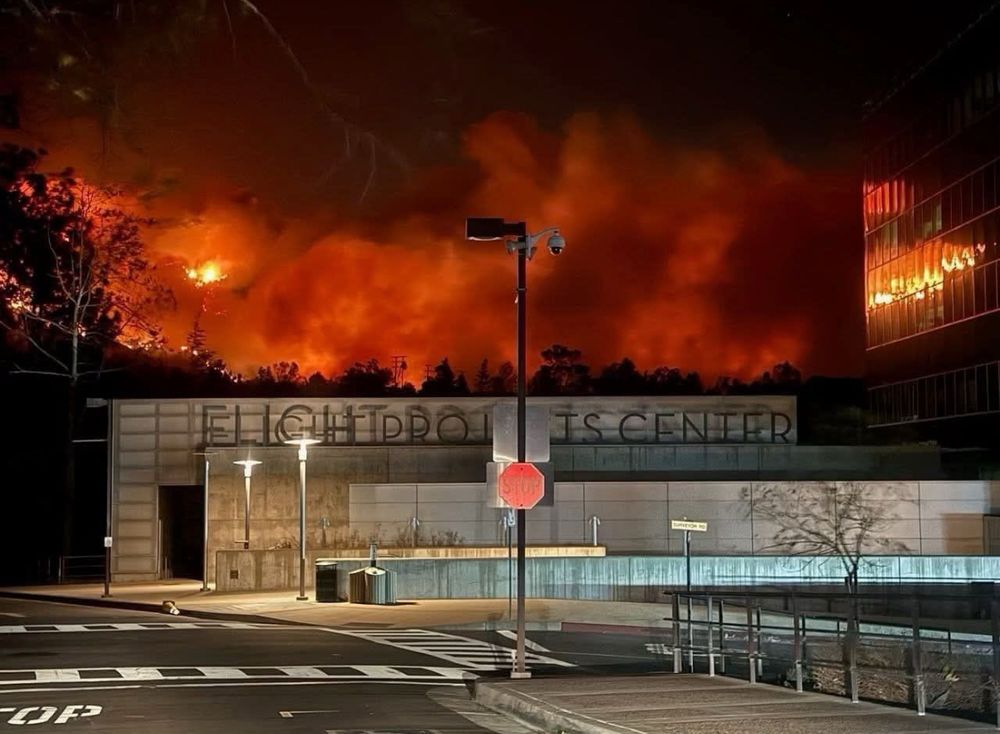
Please consider supporting:
caltech.imodules.com/controls/ema...
Thank you!
I recently wrote a commentary for @newphyt.bsky.social about that, targeted for a broad audience of plant scientists 🍃🌈🧪
nph.onlinelibrary.wiley.com/doi/10.1111/...
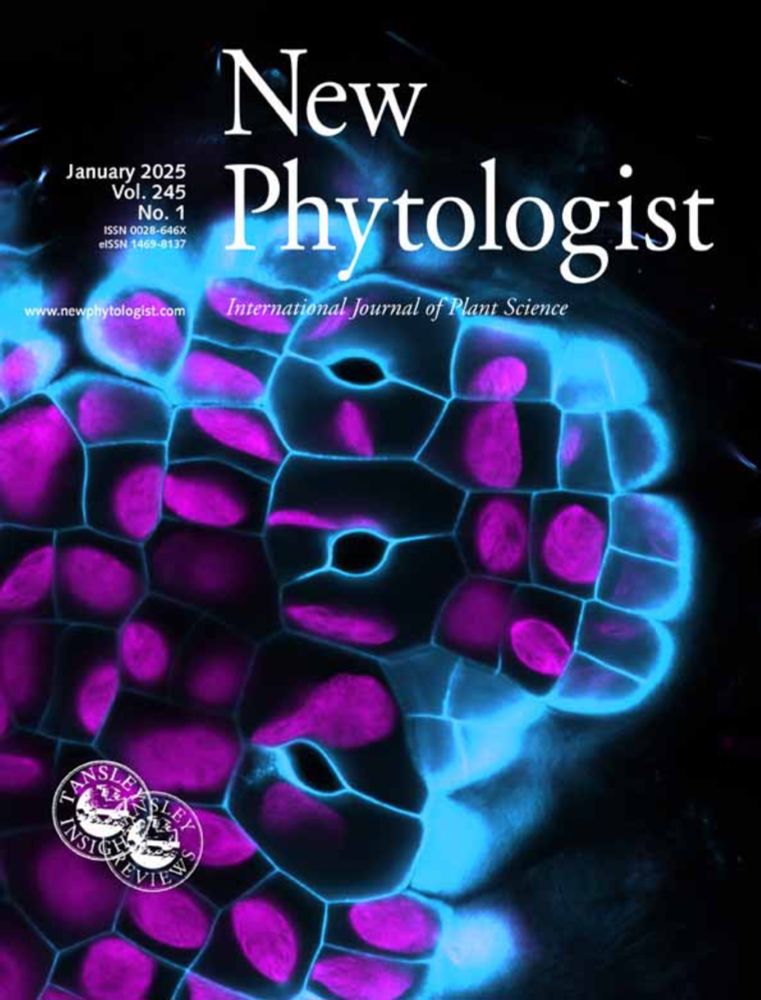
I recently wrote a commentary for @newphyt.bsky.social about that, targeted for a broad audience of plant scientists 🍃🌈🧪
nph.onlinelibrary.wiley.com/doi/10.1111/...
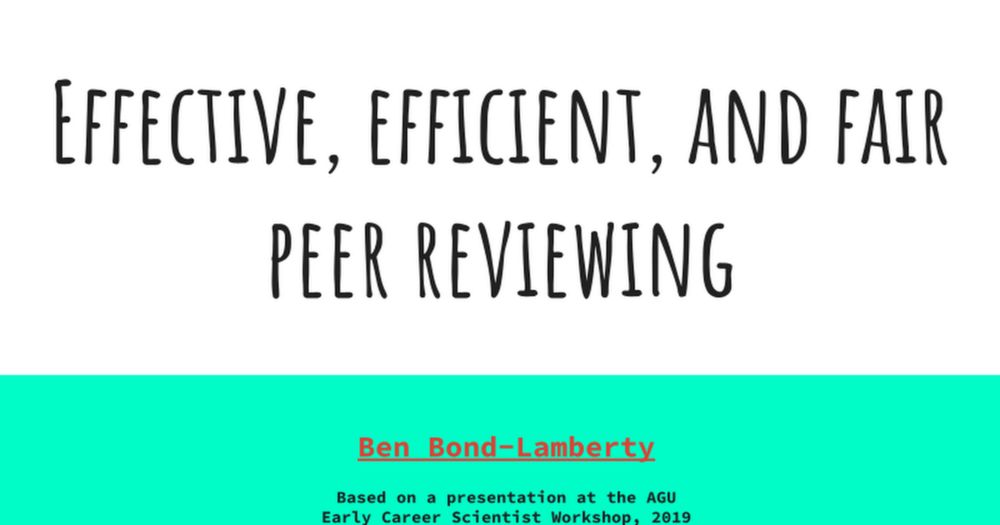
Join us for the session "B21B – Advancing Environmental Monitoring through Near-Surface Imaging Technologies"
📅 Tuesday
⏰ 8:30–10:00 AM
📍 Room 151B

Join us for the session "B21B – Advancing Environmental Monitoring through Near-Surface Imaging Technologies"
📅 Tuesday
⏰ 8:30–10:00 AM
📍 Room 151B

We cover what (little) is known, & possible mechanisms and implications.
Several more papers in the works. Watch this space!
onlinelibrary.wiley.com/doi/abs/10.1...

We cover what (little) is known, & possible mechanisms and implications.
Several more papers in the works. Watch this space!
onlinelibrary.wiley.com/doi/abs/10.1...
It was impossible to cover as much as I wanted to, but wanted to share in case anyone has useful feedback, I'd love to hear from you and change accordingly!
essopenarchive.org/users/534071...

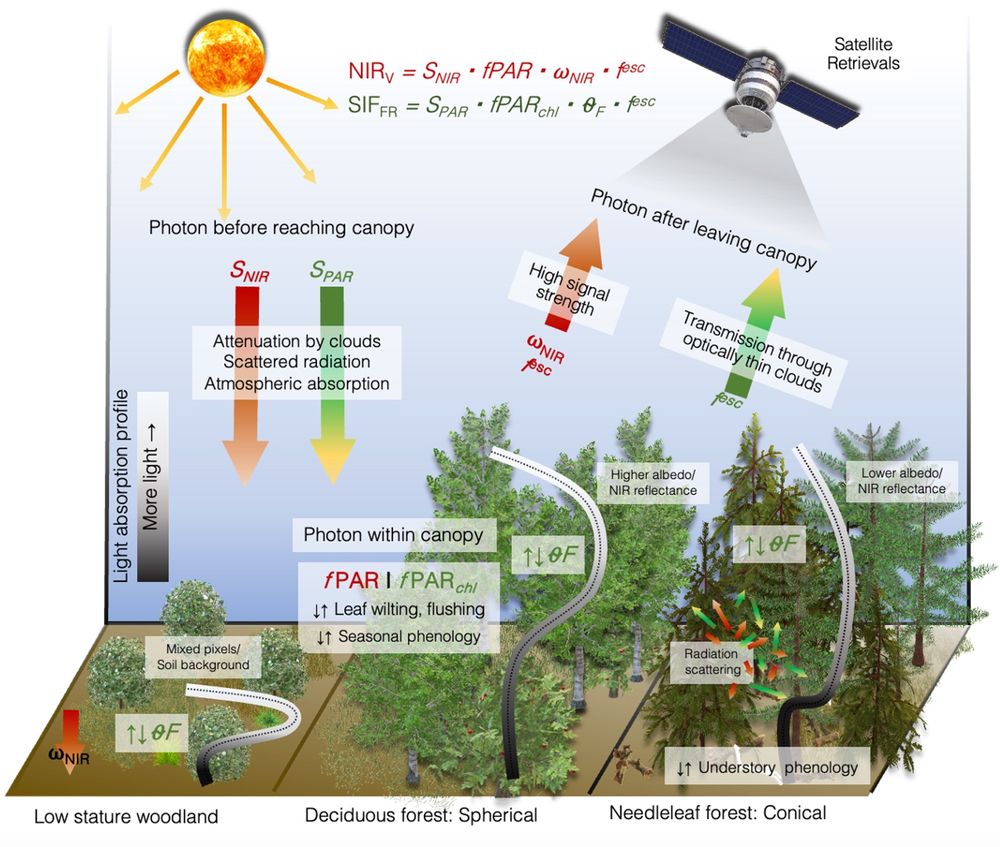
It was impossible to cover as much as I wanted to, but wanted to share in case anyone has useful feedback, I'd love to hear from you and change accordingly!
essopenarchive.org/users/534071...
"Seasonal timing of fluorescence and photosynthetic yields at needle and canopy scales in evergreen needleleaf forests" by Zoe Pierrat et al.
esajournals.onlinelibrary.wiley.com/doi/10.1002/...
PS I'm going to start using bsky more :)



"Seasonal timing of fluorescence and photosynthetic yields at needle and canopy scales in evergreen needleleaf forests" by Zoe Pierrat et al.
esajournals.onlinelibrary.wiley.com/doi/10.1002/...
PS I'm going to start using bsky more :)
@ucdavisplants.bsky.social



@ucdavisplants.bsky.social

Led by Zoe Pierrat, and published in BioScience!
tinyurl.com/bioscizp

Led by Zoe Pierrat, and published in BioScience!
tinyurl.com/bioscizp
Scientific Program link to our stuff: tinyurl.com/PlantOpticsL...

Scientific Program link to our stuff: tinyurl.com/PlantOpticsL...


